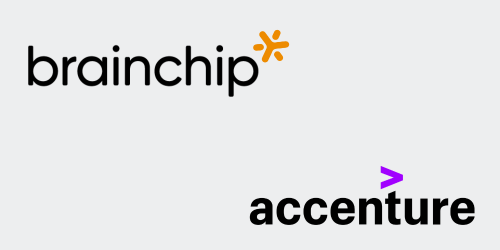The advantages of Unified Deep Learning technology

The growth of Artificial Intelligence (AI) has been rapid, with the market heavily focused on training large generative models, such as Open AI’s chatGPT. Deep learning models currently rely heavily on neural networks (NNs), which require high-power, massively parallel computing to calculate the millions of values needed for each inference instance. This results in the cost of training a model of such a large caliber requiring millions of dollars in computational power.
This paper explores an alternative, neuromorphic computing, which can be up to 1,000 times better performance and 10,000 times better efficiency compared to traditional high-performance computing hardware, such as CPUs and GPUs. Neuromorphic computing also reduces the need for high-power cloud inference, raw data traffic, and congestion in networks. However, there are very few Spiking Neural Network (SNN) models that are ready for use on the market.
BrainChip has developed the Akida technology, which combines convolution functions efficiently with
a fully digital, neuromorphic computing core. The Akida technology is capable of executing most deep learning networks and performing inference at an energy cost that is a fraction of conventional solutions, such as convolutional neural networks (CNNs) and deep neural networks (DNNs). The radical energy efficiency of neuromorphic computing opens the capability of learning in real-time and in the field, enabling immediate customization of AI-enhanced products.
Click here to read the full article.




